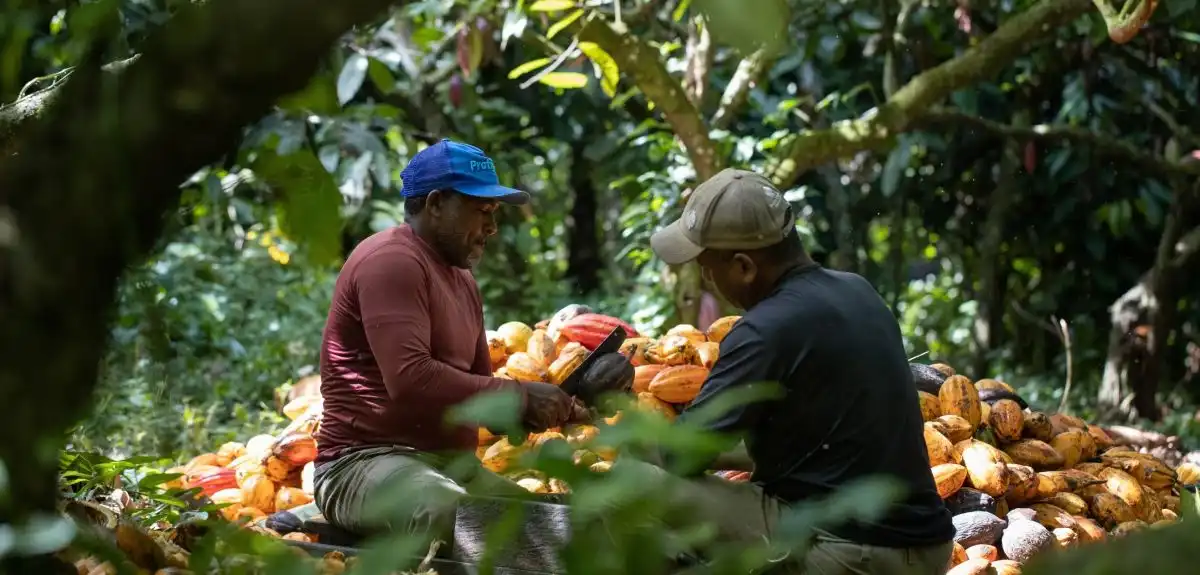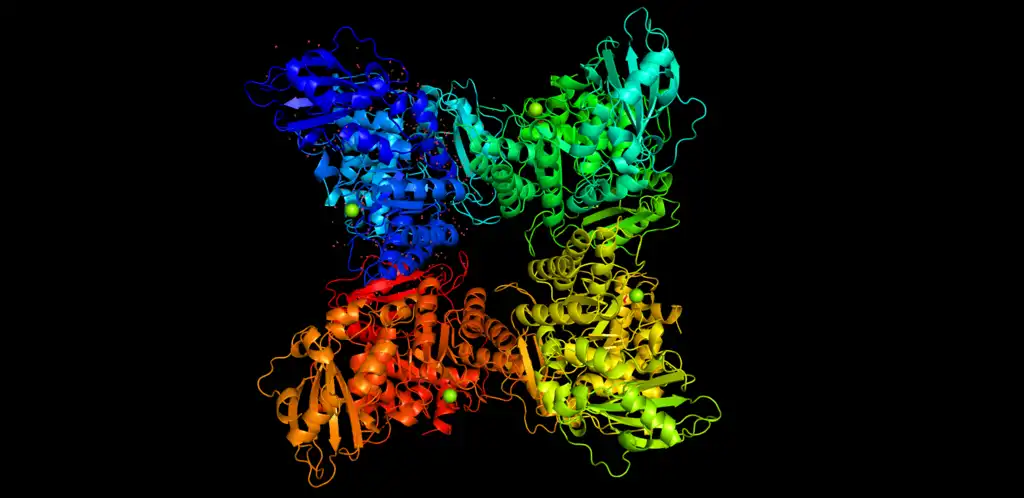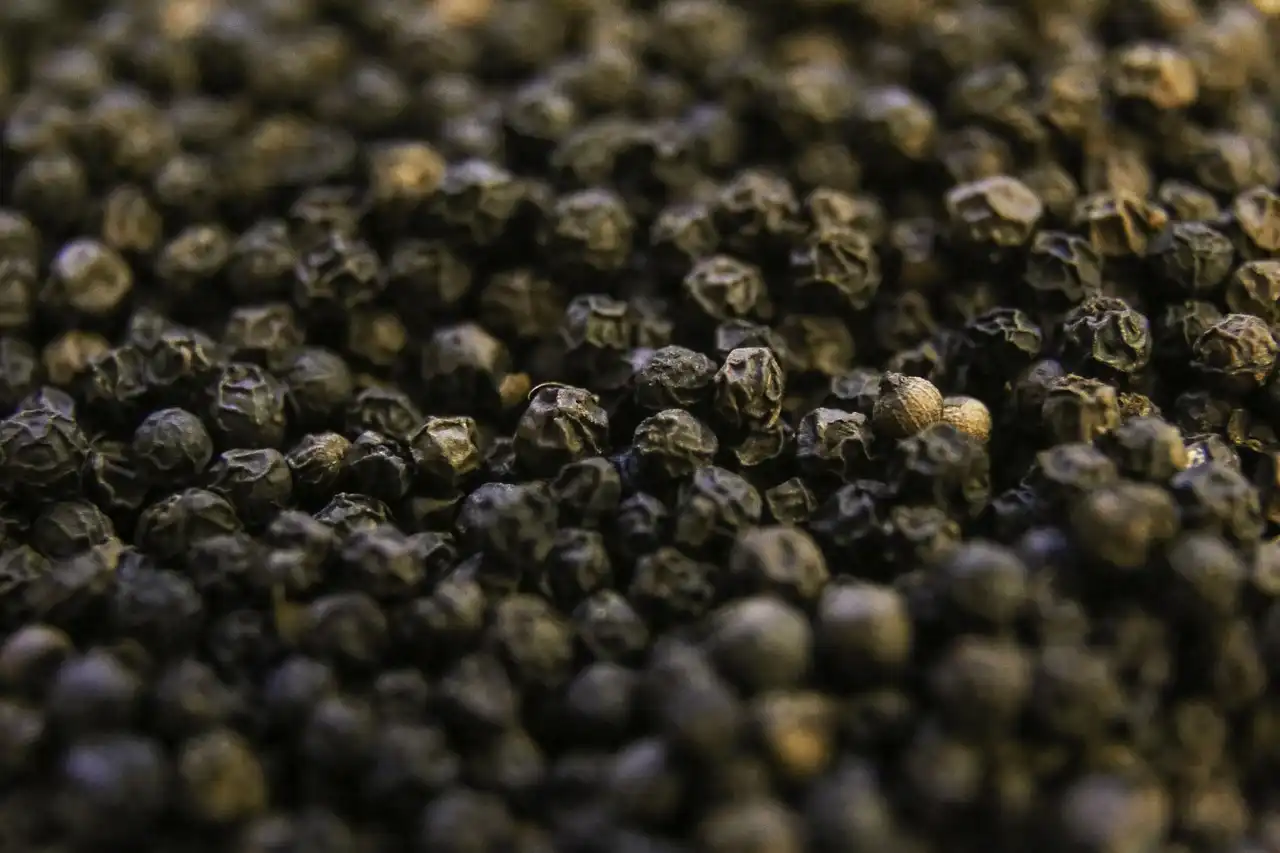
A research team has uncovered a shared stress response network in algae and plants, spanning 600 million years of evolution. Using advanced bioinformatics, they identified key genetic ‘hubs’ that shape responses to terrestrial stressors. This comprehensive dataset offers insights into the early adaptations of land plants.













